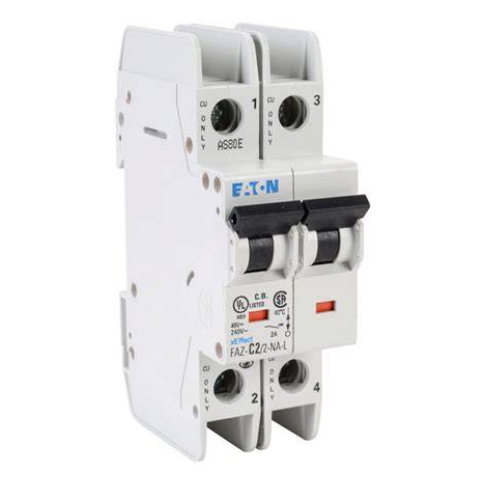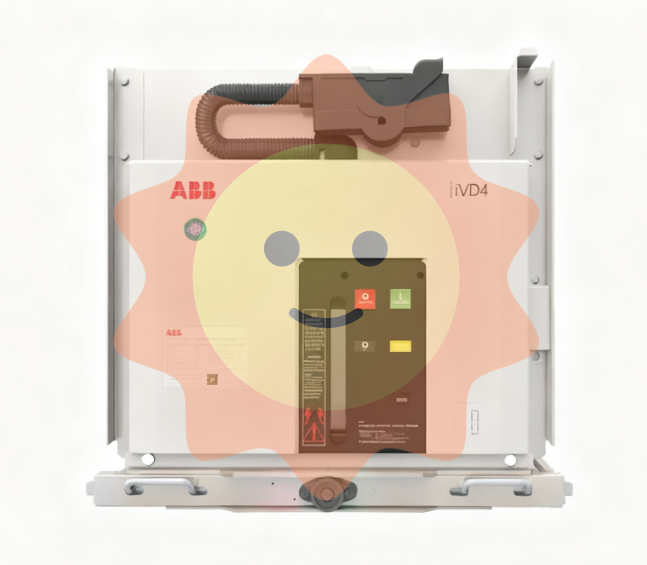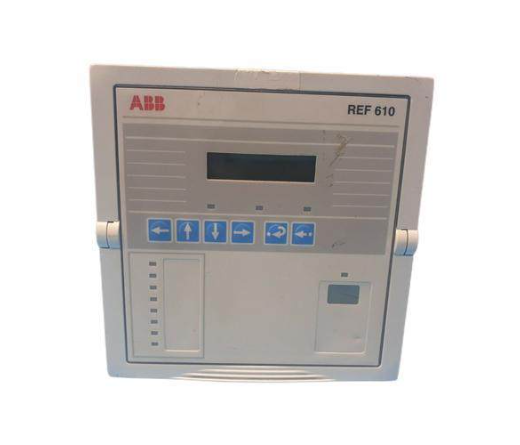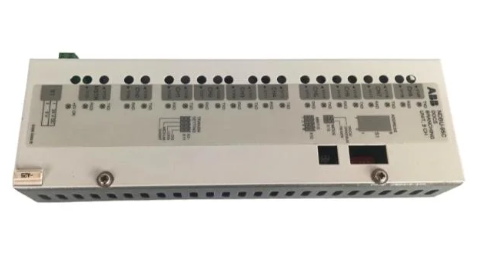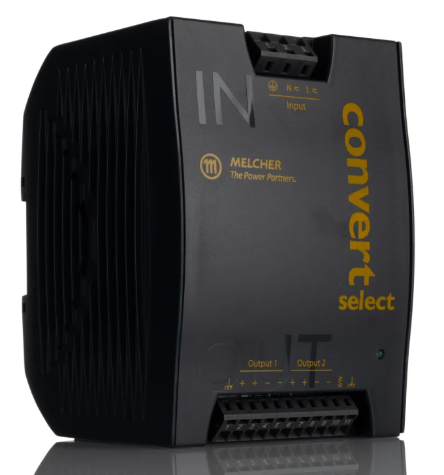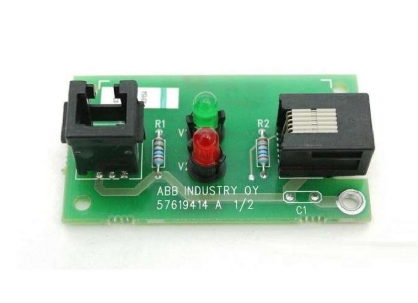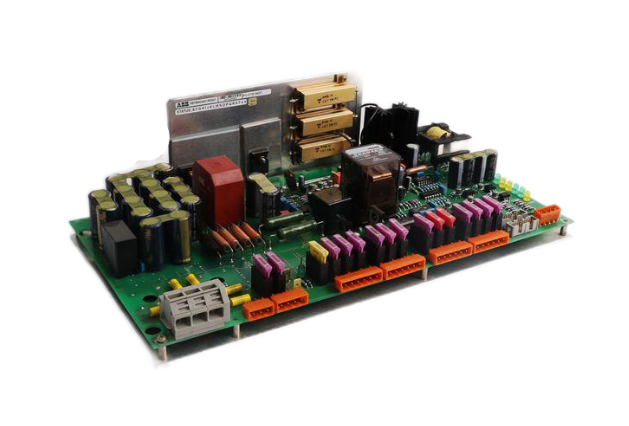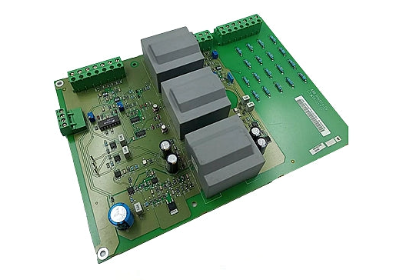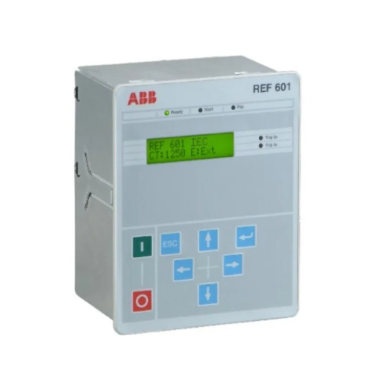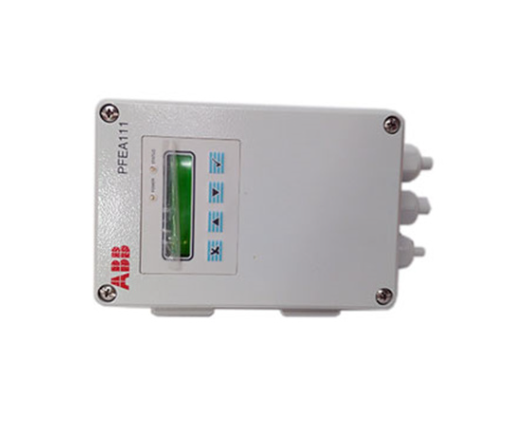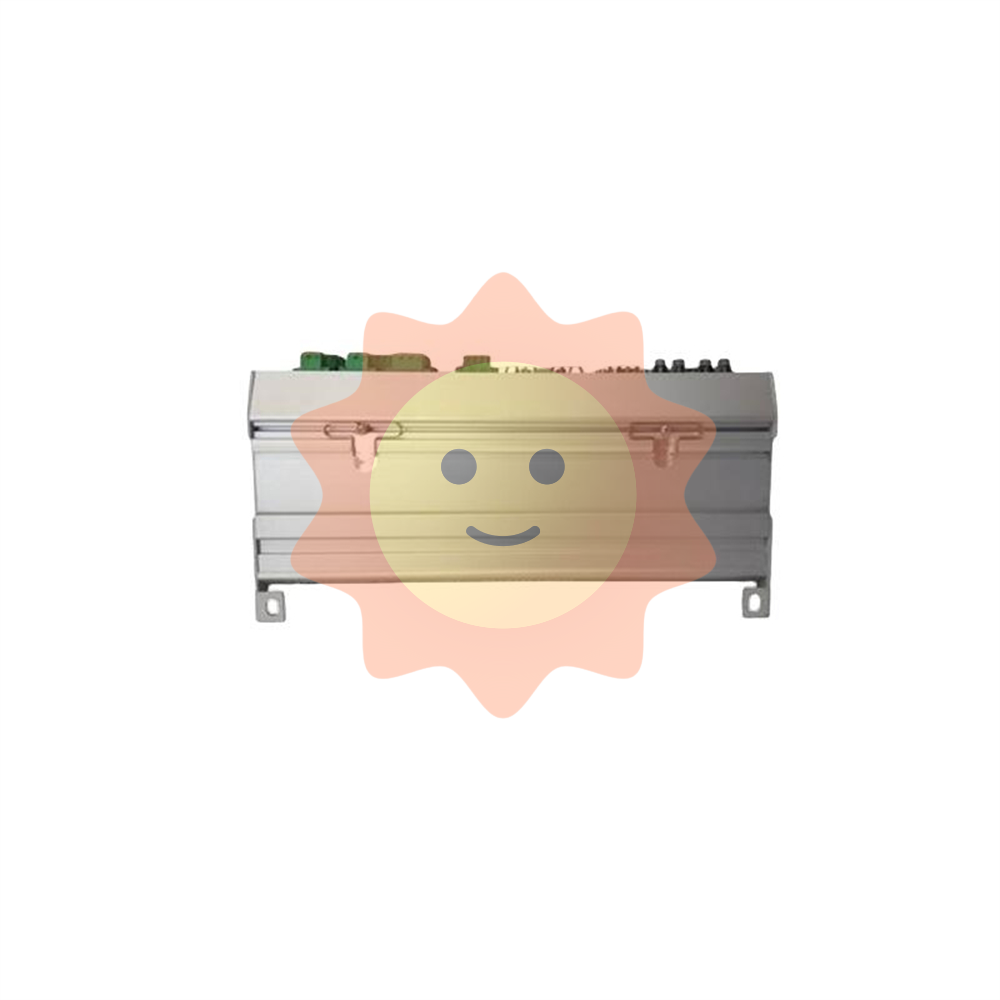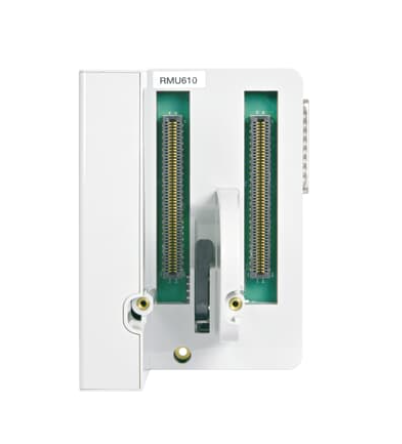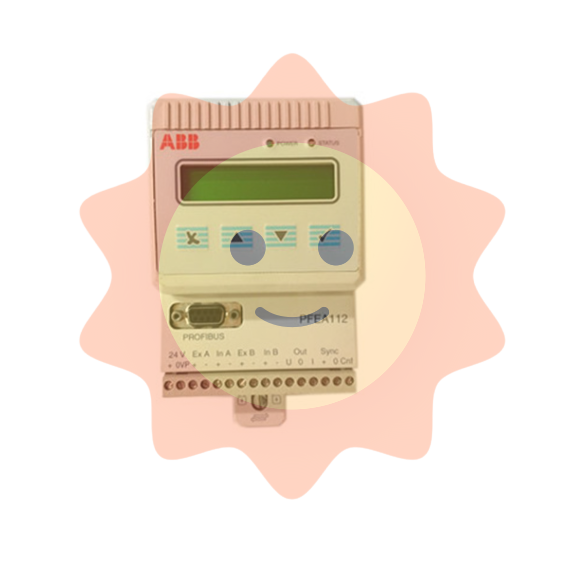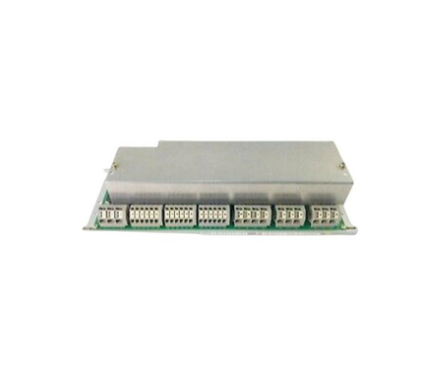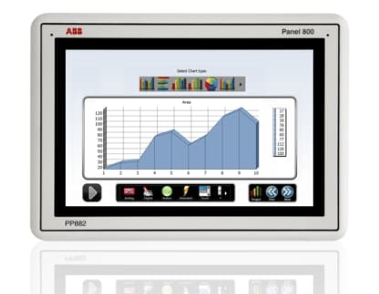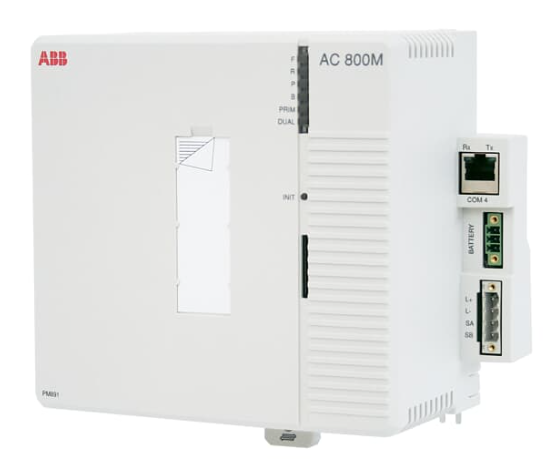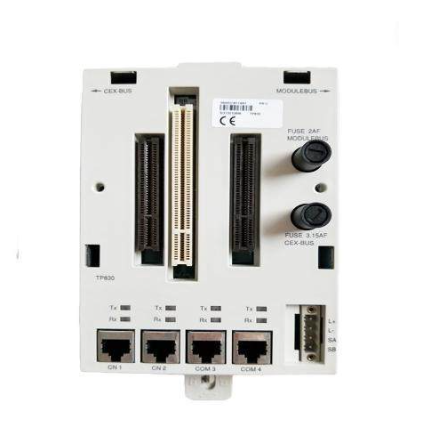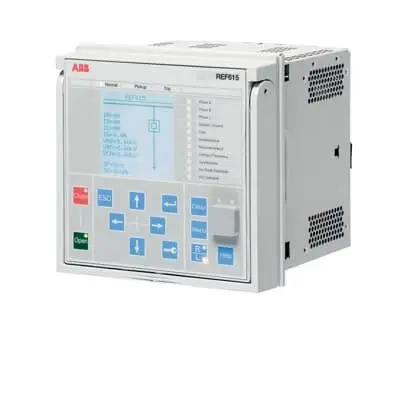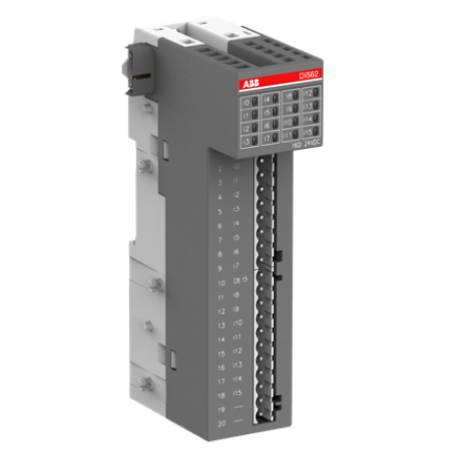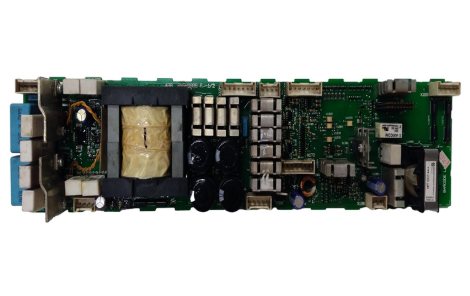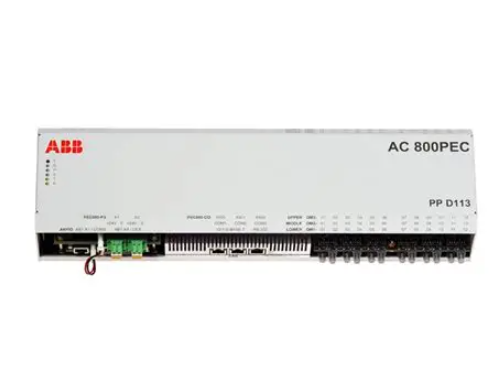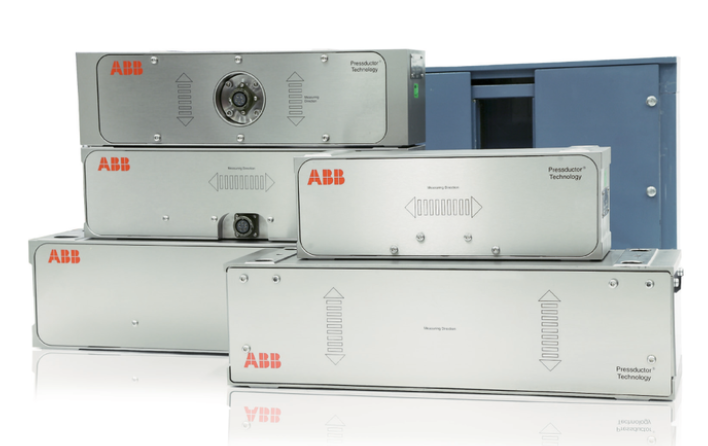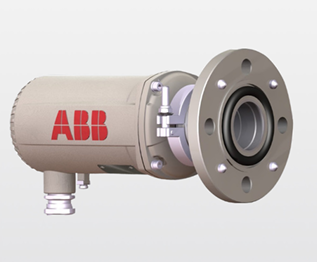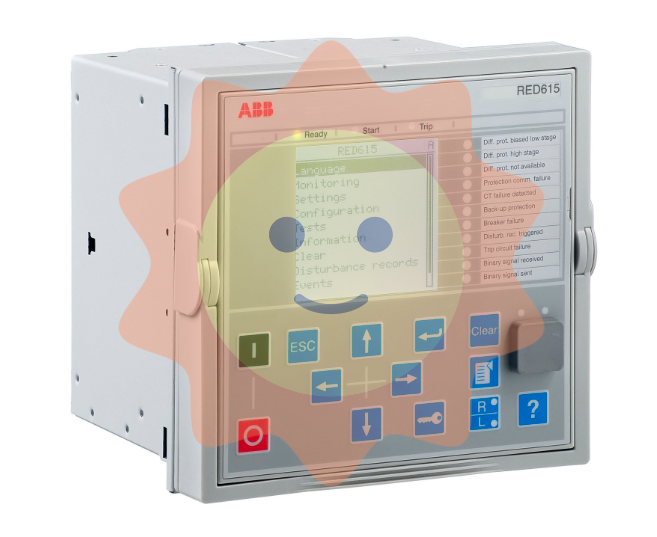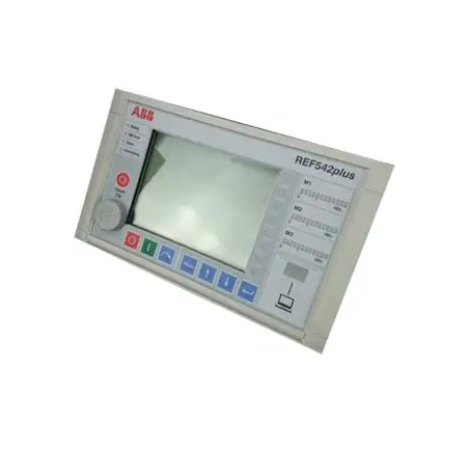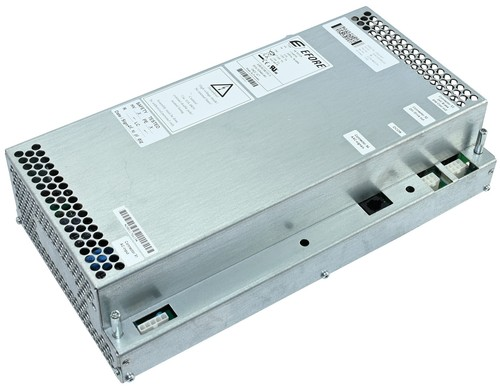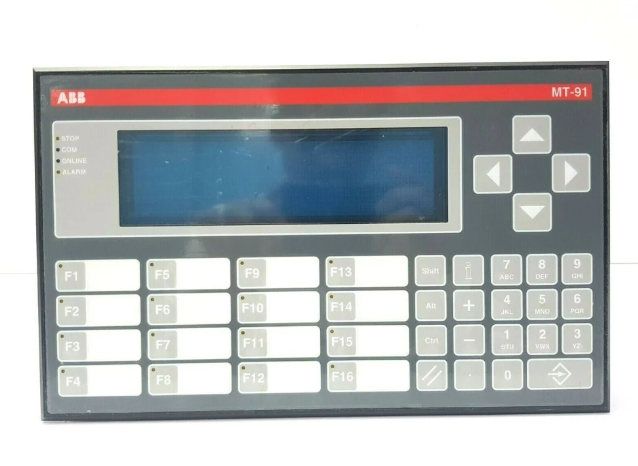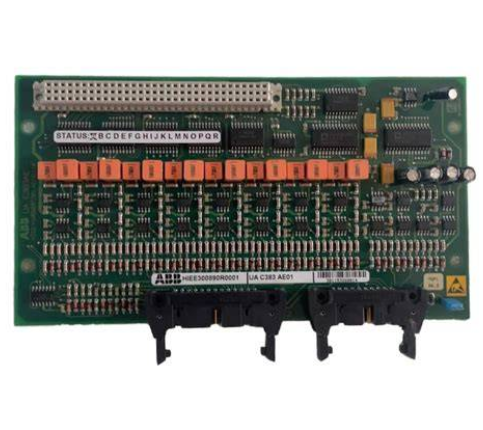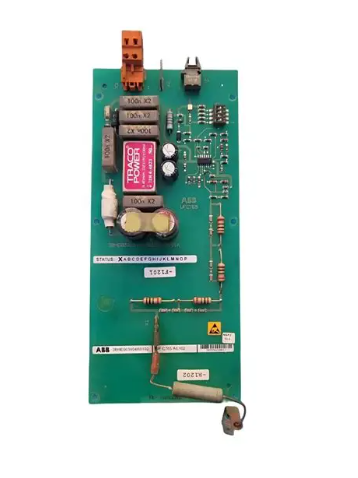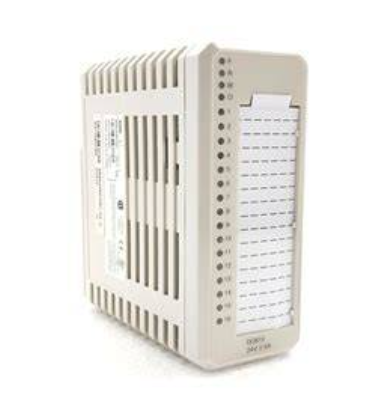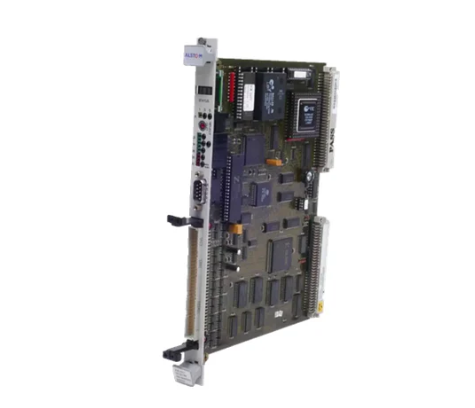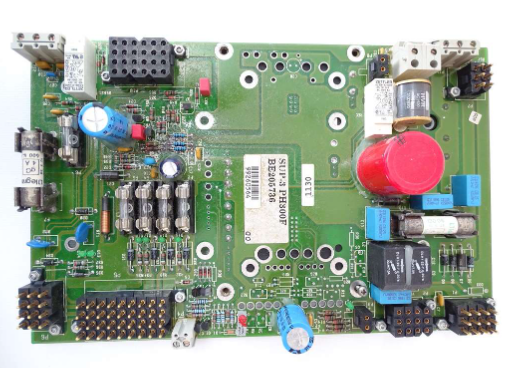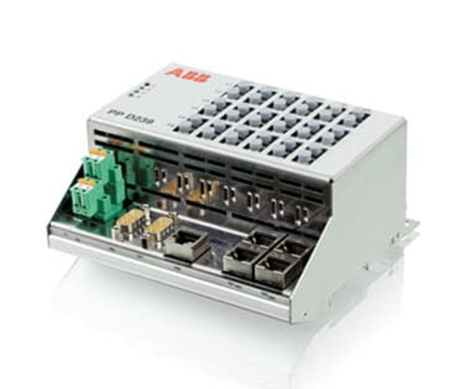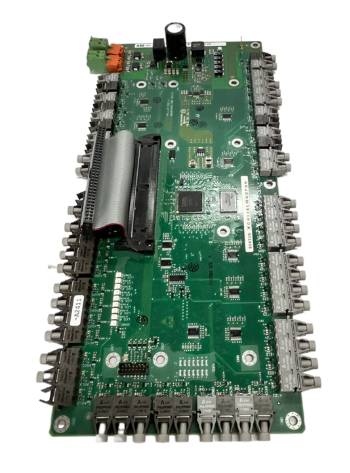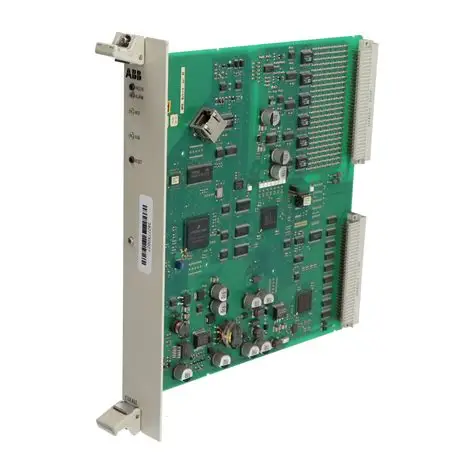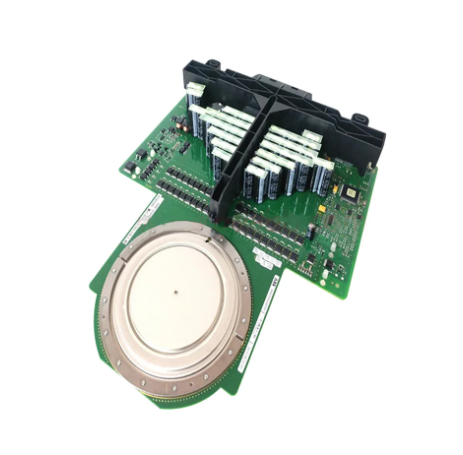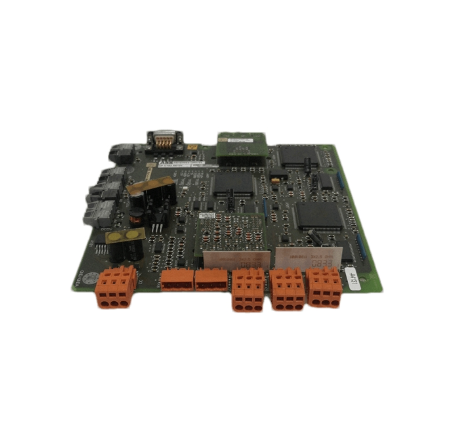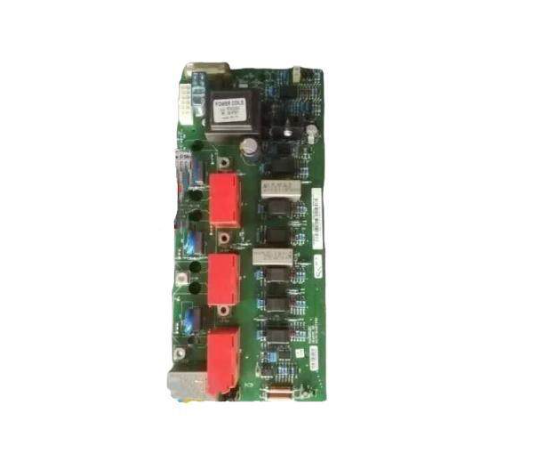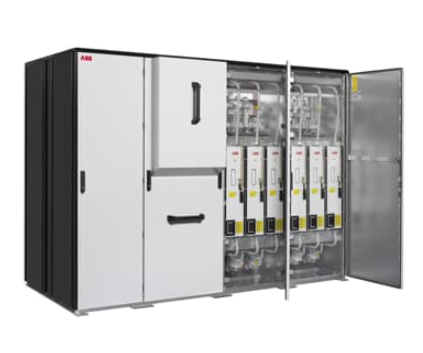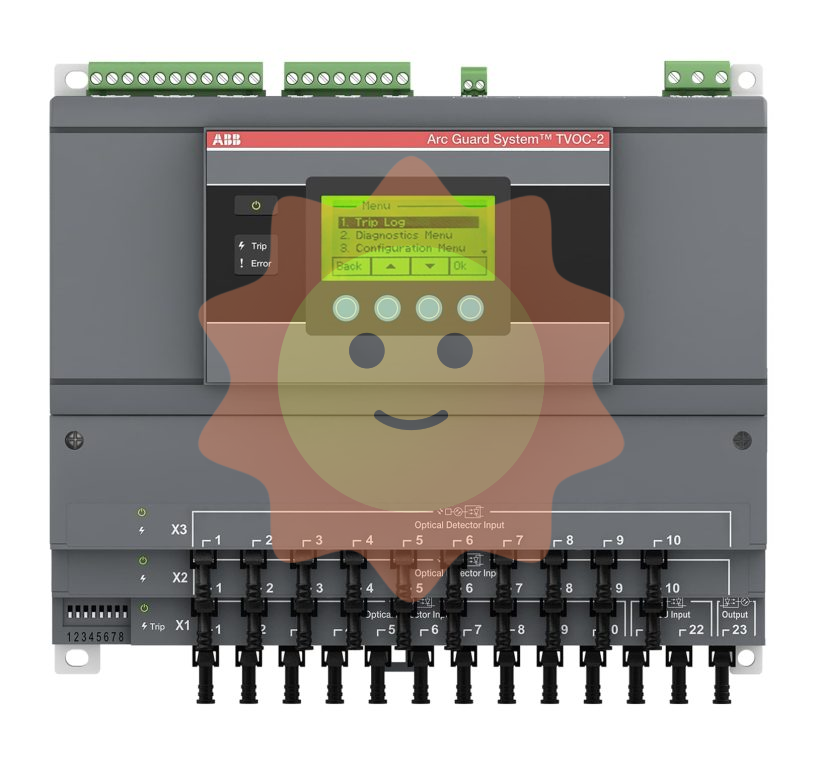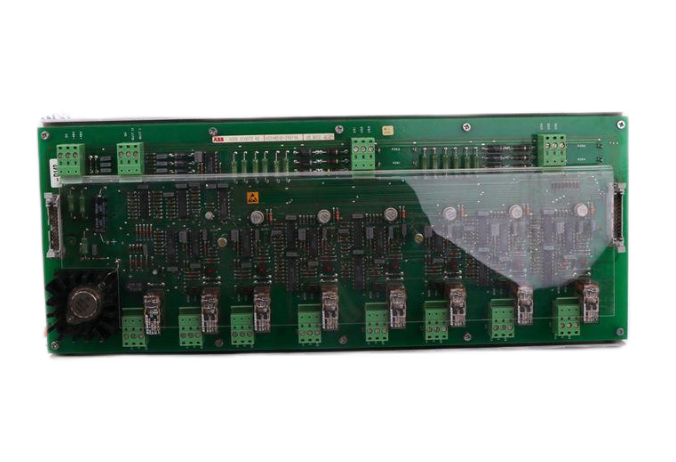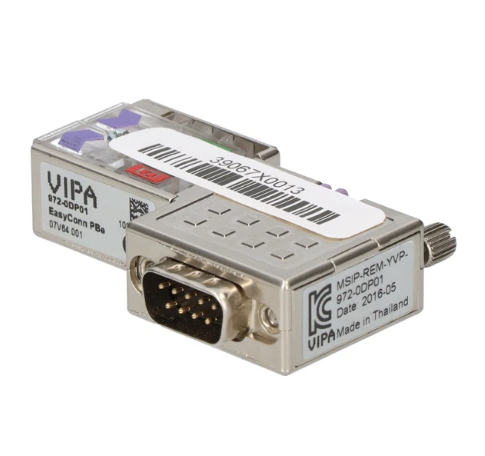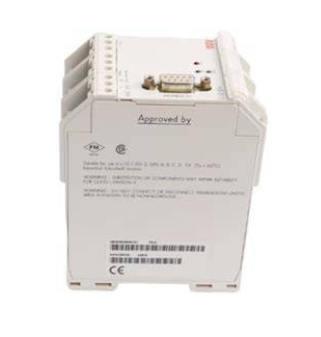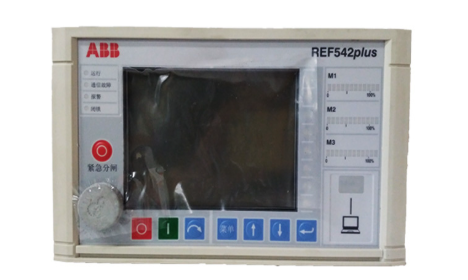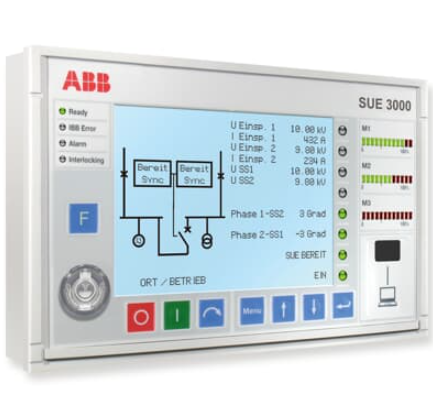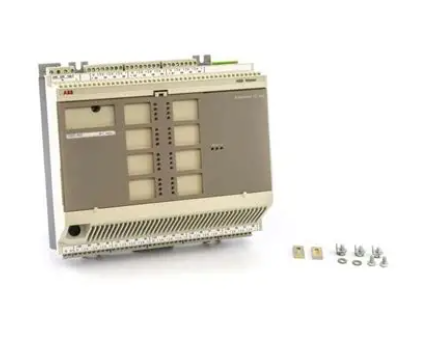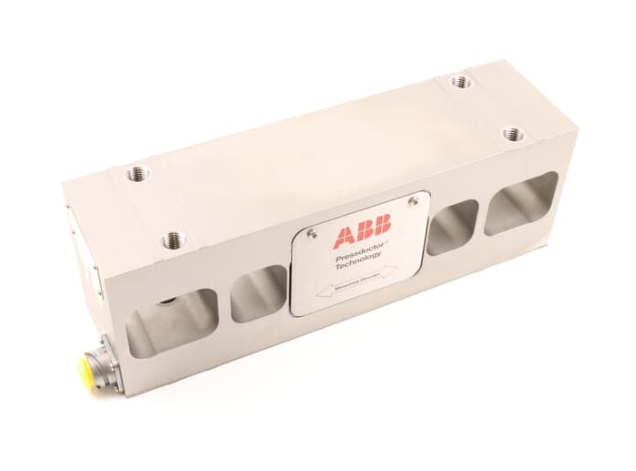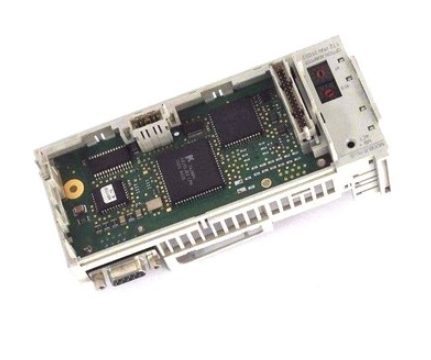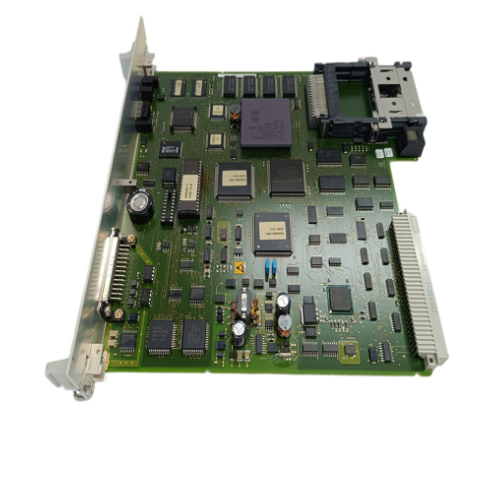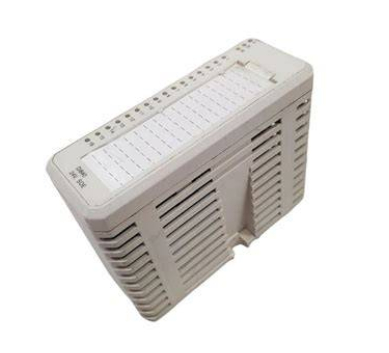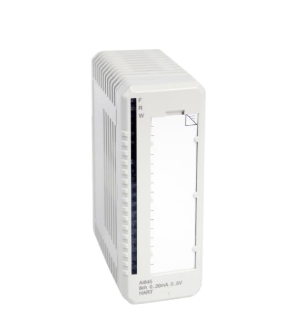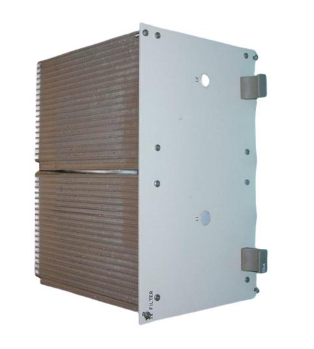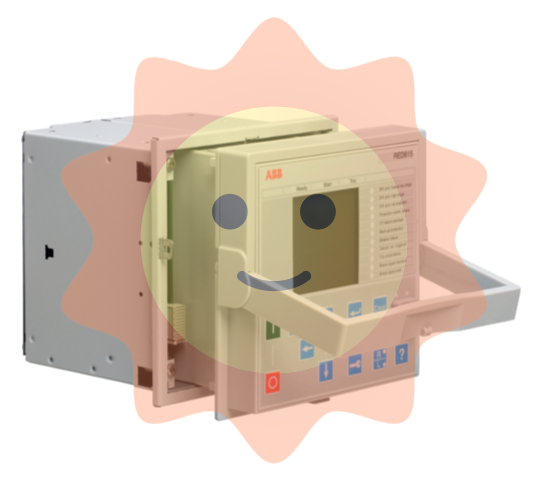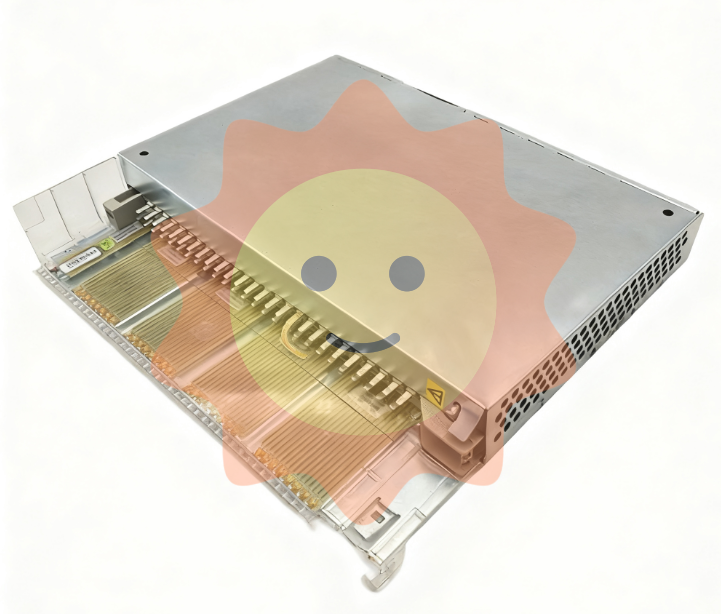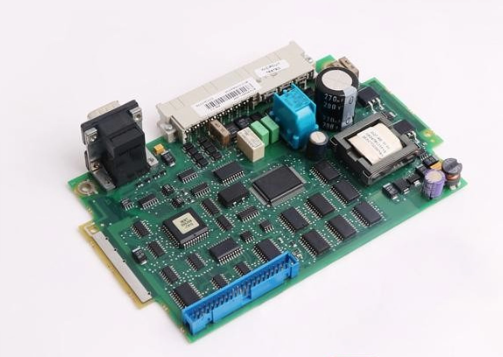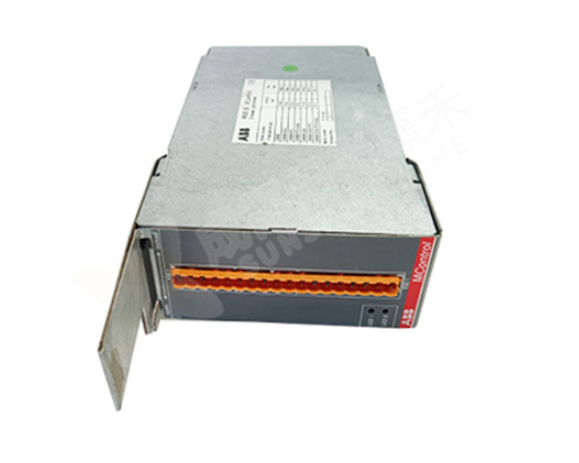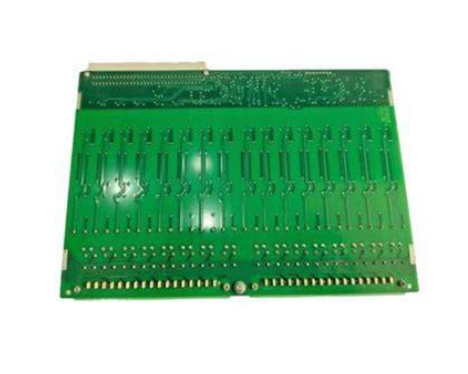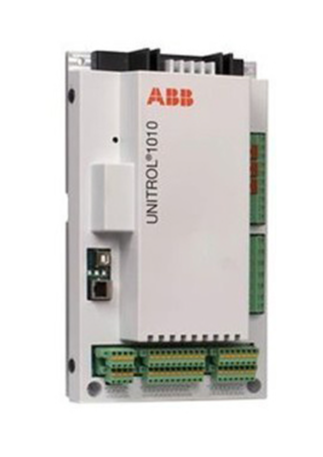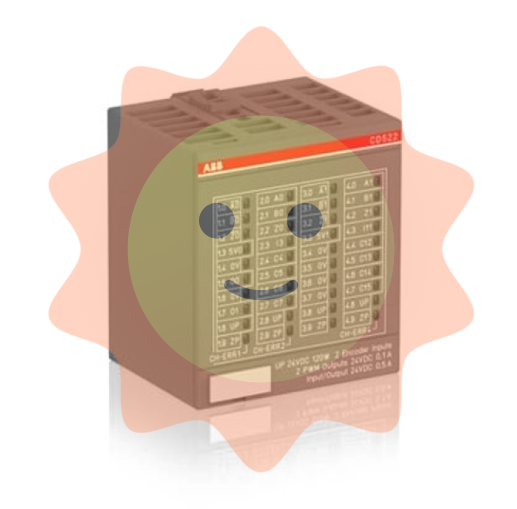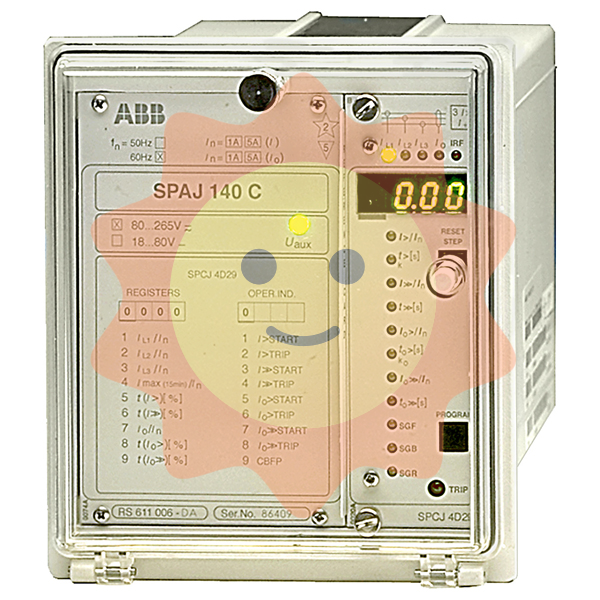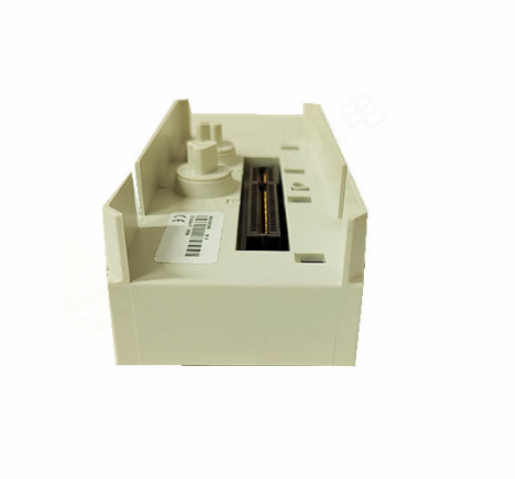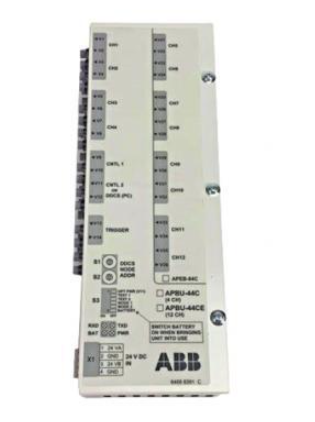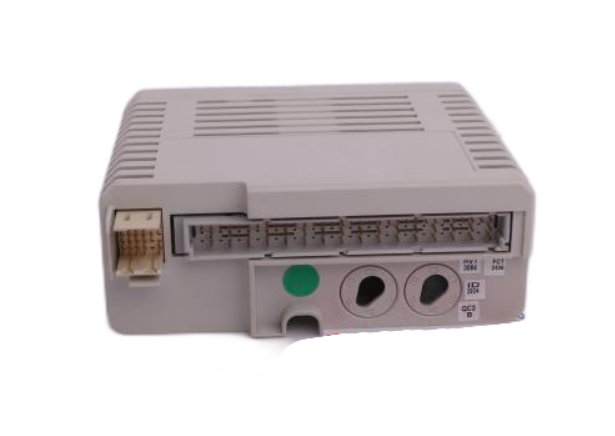XYCOM AUTOMATION 1300-0001000000000 100-240VAC 0.5A UNMP
(3) Fault monitoring and protection
To ensure the safety of the device itself and connected devices, the device may have built-in functions such as overvoltage protection, undervoltage protection, overcurrent protection, and short-circuit protection. When the input voltage is too high or too low and exceeds the normal operating range of the device, the overvoltage/undervoltage protection function is activated, automatically cutting off the power output to prevent equipment damage caused by high voltage or equipment malfunction caused by low voltage; When overcurrent or short circuit occurs, the overcurrent/short circuit protection mechanism responds quickly to avoid serious accidents such as fires and equipment burns caused by abnormal increase in current. Some models may also have fault indicator lights or communication interfaces, which can provide timely feedback of fault information to operators or upper computer systems, facilitating quick positioning and troubleshooting, and reducing equipment downtime.
4、 Working principle
After the XYCOM MOTION 1300-000-1000000 device is connected to the 100-240VAC AC power grid, the internal power conversion circuit first filters the input voltage to remove interference signals such as clutter and harmonics in the power grid, ensuring the purity of the input voltage. Subsequently, the input voltage is converted into the appropriate voltage level required for the internal circuits and connected devices through a transformer, and after rectification, voltage stabilization, and other processes, the AC voltage is converted into stable DC or specific forms of AC output, providing stable power for subsequent devices.
During the power conversion and output process, the monitoring circuit inside the device monitors parameters such as voltage and current in real-time. Once abnormal voltage or current is detected, such as overvoltage, undervoltage, overcurrent, short circuit, etc., the control circuit immediately activates the corresponding protection mechanism, ensuring the safety of the equipment and connected devices by cutting off power output, triggering alarms, and other methods. At the same time, if the device has communication function, monitoring data and fault information will be transmitted to external control systems or display devices through communication interfaces, achieving remote monitoring and fault diagnosis.
5、 Operation and usage guide
(1) Preparation before installation
Confirm that the installation environment meets the equipment requirements, choose a dry, well ventilated place without strong electromagnetic interference, and avoid environments with high temperature, humidity, and excessive dust.
Check if the grid voltage is within the 100-240VAC input range of the equipment, ensuring that the grid lines are connected correctly and stably, without any safety hazards such as leakage or short circuits.
Prepare the necessary tools and materials for installation, such as screwdrivers, wrenches, power cords, fixing brackets, etc., and wear protective equipment such as insulated gloves.
(2) Installation steps
According to the installation size and fixing method of the equipment, determine the installation position on the industrial control cabinet or installation bracket, and use screwdrivers, bolts, etc. to firmly fix the equipment to ensure stable installation and avoid loosening due to vibration during operation.
Connect the power input terminal of the device to the power grid line correctly using a power cord of appropriate specifications. When connecting, strictly follow the equipment wiring terminal identification to ensure that the live wire, neutral wire, and ground wire are connected correctly, avoiding reverse or virtual connections.
Connect the industrial equipment that requires power supply to the power output terminal of the equipment through appropriate cables, accurately connect according to the terminal identification, and check whether the connection is firm to prevent poor contact from causing the equipment to be unable to supply power normally.
(3) Startup and Debugging
After confirming that all wiring is correct, close the power switch and the device should start normally. Observe whether the power indicator light on the device is on. If the indicator light is not on or flashes abnormally, immediately disconnect the power and check whether there are any problems with the wiring, fuse, etc.
Use a multimeter and other testing tools to measure whether the voltage and current at the power output terminal of the device are within the rated range, ensuring stable output.
Start the connected industrial equipment in sequence and observe whether the equipment is running normally. If a device cannot start or runs abnormally, check whether the connection between the device and the power supply device is normal, or try replacing other devices for testing to determine whether it is a fault with the device itself or a power supply issue.
(4) Daily operation and maintenance
Regularly (such as weekly or monthly) check the power indicator status of the equipment, whether the wiring terminals are loose, and whether there is dust accumulation on the surface of the equipment. If the indicator light flashes abnormally or the wiring is loose, promptly handle it; For dust on the surface of the equipment, clean it with a dry soft cloth or compressed air to maintain good heat dissipation and operating environment.
- EMERSON
- Honeywell
- CTI
- Rolls-Royce
- General Electric
- Woodward
- Yaskawa
- xYCOM
- Motorola
- Siemens
- Rockwell
- ABB
- B&R
- HIMA
- Construction site
- electricity
- Automobile market
- PLC
- DCS
- Motor drivers
- VSD
- Implications
- cement
- CO2
- CEM
- methane
- Artificial intelligence
- Titanic
- Solar energy
- Hydrogen fuel cell
- Hydrogen and fuel cells
- Hydrogen and oxygen fuel cells
- tyre
- Chemical fiber
- dynamo
- corpuscle
- Pulp and paper
- printing
- fossil
- FANUC
- Food and beverage
- Life science
- Sewage treatment
- Personal care
- electricity
- boats
- infrastructure
- Automobile industry
- metallurgy
- Nuclear power generation
- Geothermal power generation
- Water and wastewater
- Infrastructure construction
- Mine hazard
- steel
- papermaking
- Natural gas industry
- Infrastructure construction
- Power and energy
- Rubber and plastic
- Renewable energy
- pharmacy
- mining
- Plastic industry
- Schneider
- Kongsberg
- NI
- Wind energy
- International petroleum
- International new energy network
- gas
- WATLOW
- ProSoft
- SEW
- wind
- ADVANCED
- Reliance
- YOKOGAWA
- TRICONEX
- FOXBORO
- METSO
- MAN
- Advantest
- ADVANCED
- ALSTOM
- Control Wave
- AB
- AMAT
- STUDER
- KONGSBERG
- MOTOROLA
- DANAHER MOTION
- Bently
- Galil
- EATON
- MOLEX
- Triconex
- DEIF
- B&W
- ZYGO
- Aerotech
- DANFOSS
- KOLLMORGEN
- Beijer
- Endress+Hauser
- MOOG
- KB
- Moxa
- Rexroth
- YAMAHA


Email:wang@kongjiangauto.com

